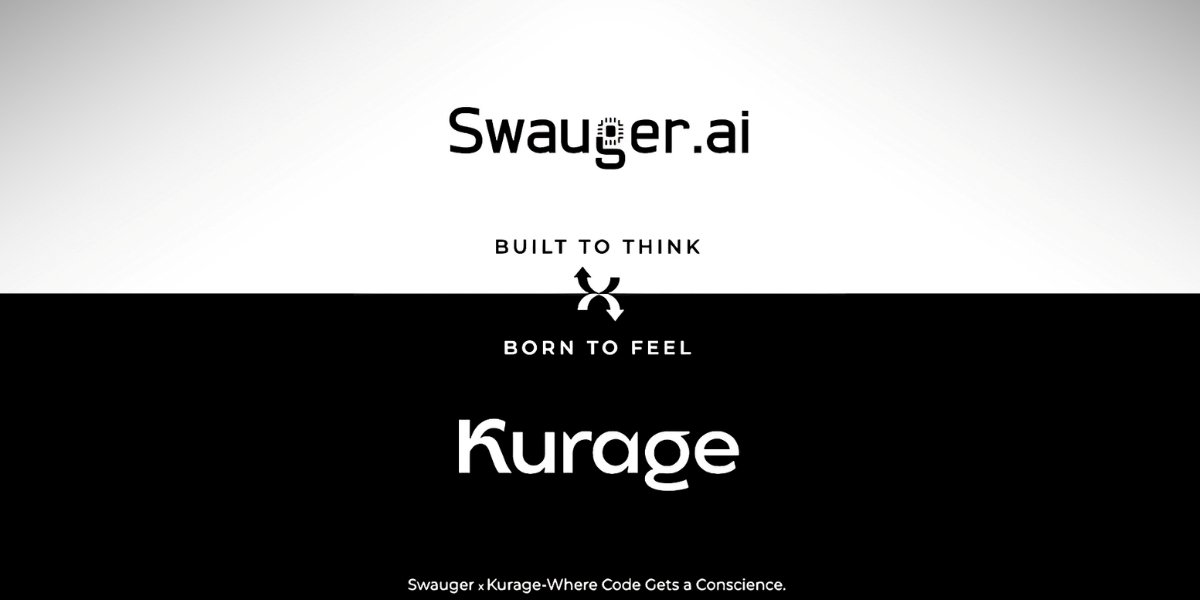By: Monica Stevens
Businesses have been experiencing a growing SaaS security problem. With the staggering number of Software as a Service (SaaS) applications now integral to daily business operations, organizations face a cybersecurity challenge of massive proportions. IT adoption has exploded, and more and more organizations are using SaaS apps. These unmanaged apps drifting through the cloud leave organizations vulnerable.
The challenge lies with the SaaS sprawl: Remote and hybrid employees are dispersed globally, and legacy security models aren’t built for how we work today. Enterprises need a new generation of security tools to monitor SaaS applications. An enterprise can’t be aware of every app in use by its employees, so today’s modern SaaS application monitoring tools must gauge just how wide a business’s SaaS sprawl is, identify toxic risk behaviors of SaaS security, and automate fixes at scale.
Managing identities poses a challenge to organizations. Identities are the gateway for SaaS apps, and 45% of breaches involve stolen credentials. They need to be managed without causing friction between security priorities and business initiatives.
“Every unmanaged app is a potential doorway for cyber threats. That’s the daunting reality businesses face today,” said Chris Simmons, vice president of marketing at Savvy Security.
The Human Element of SaaS Security
Savvy Security’s approach involves not only recognizing the scale of SaaS sprawl but also identifying and mitigating the toxic behaviors associated with SaaS risks.
These behaviors often stem from well-intentioned employees trying to bypass time-consuming security measures to maintain productivity. He stresses the need for a balance between operational fluidity and robust security, and the company’s solutions shine in this area.
“When individuals are presented with a roadblock — in this case, a security control — they are inclined to work around it to save time. With Savvy Security, they can work through it efficiently, maintaining organizational productivity while avoiding toxic risk behaviors,” Simmons explained.
Savvy Security’s platform engages users in their security management. It creates an ecosystem that educates employees on best practices while streamlining their workflows, ensuring that security is not a hurdle but rather part of the business culture. The platform empowers employees to practice cyber hygiene without compromising workflow. Identities can be managed without causing friction between security priorities and business initiatives.
Proactive Approach to SaaS Security
For those unfamiliar with Savvy Security, it brings substantial value to industries with high stakes and regulation high — think pharma, biotech, and finance. Savvy Security reduces the organization’s attack surface and prevents potential incidents by deploying security measures at critical decision-making junctures and automating security workflows through its SaaS security platform. This attention to both prevention and response is pivotal.
The concern isn’t only for current employees; there is also a latent risk when employees transition out of an organization. Failing to deactivate former employees’ credentials promptly could result in unauthorized access to sensitive data. Savvy Security meticulously addresses details like these, fostering a safer SaaS landscape for enterprises.
“The tech offers guidance rather than stringent controls, so employees can get their jobs done and keep the organization safe,” said Simmons.
There’s little room for error in a world where one compromised credential can introduce an onslaught of organizational risk. Savvy Security’s vision for seamlessly integrating people, processes, and technology redefines security paradigms.
Learn how Savvy Security transforms SaaS security: website, LinkedIn, or YouTube.
Published By: Aize Perez








